11 Expert Tips for Spotting Rare Vintage Vehicles
Finding rare vintage vehicles can be exciting, especially when you know what details to look for. From factory paint codes to one-year body styles, every feature tells part of the story. Production numbers, trim packages, and original documents help reveal whether a car stands out from the rest. Small clues like unique badges or interior materials can make all the difference. Understanding these signs makes it easier to spot hidden value at auctions, car shows, or even in private garages. Whether you are a collector or just curious, knowing how to read these details can lead to some surprising finds. With the right knowledge, you will feel more confident about what you are looking at.
This post may contain affiliate links, which helps keep this content free. Please read our disclosure for more info.
Chassis Number Verification
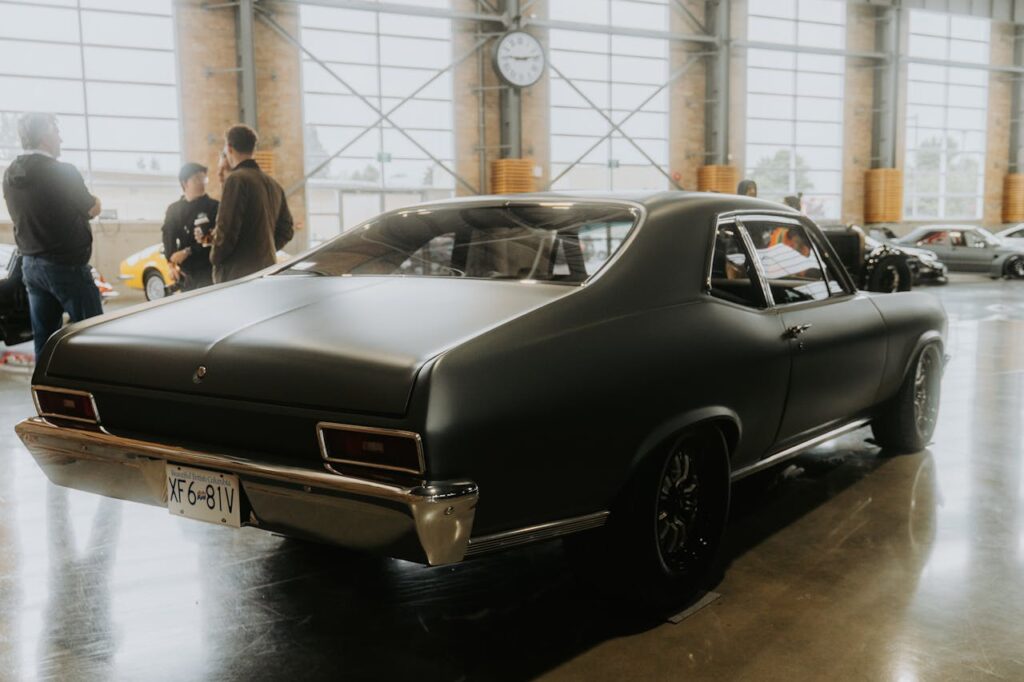
Chassis numbers are often overlooked, but they hold valuable information about a vehicle’s origin. These numbers, typically stamped into the frame or firewall, reveal the plant where the car was assembled and its order in the production line. For rare vehicles, especially those produced in small batches, this number can confirm authenticity. Matching the number with original factory records or registry databases is one way to avoid counterfeits.
Rare cars may come from specific runs with low volume, sometimes fewer than a few hundred units. If a vehicle falls within that known production range, its value tends to climb. Verifying the chassis number helps you separate a standard model from something truly special. It is worth the time to dig into this detail when identifying vintage finds.
Production Year Anomalies
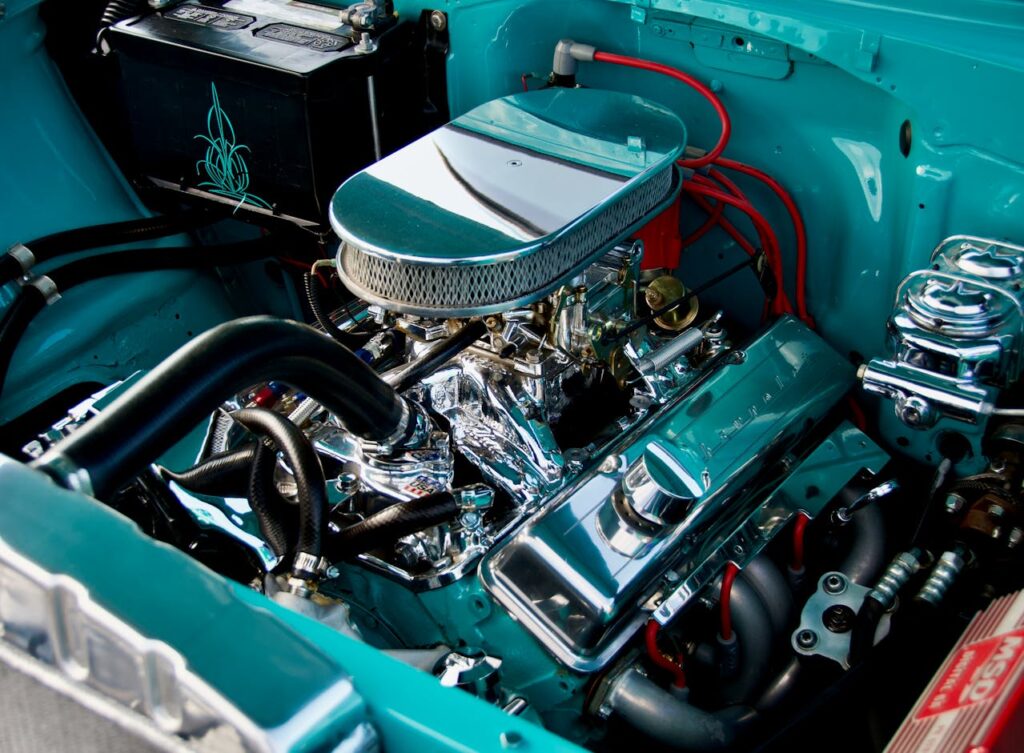
Some of the rarest vehicles were produced during odd or short timeframes. Model years where major changes were planned, then suddenly reversed, can lead to extremely limited runs. For example, a car might feature a one-year-only dashboard, tail light shape, or trim design due to a quick factory update. These features make them easier to spot once you know what to look for.
Collectors often prize these anomaly years because they represent a break in the pattern. You might find cars that bridge two generations of design or meet rare emissions standards that were not widely adopted. Knowing the quirks in certain years helps pinpoint models with higher collector demand.
Trim Packages and Special Editions
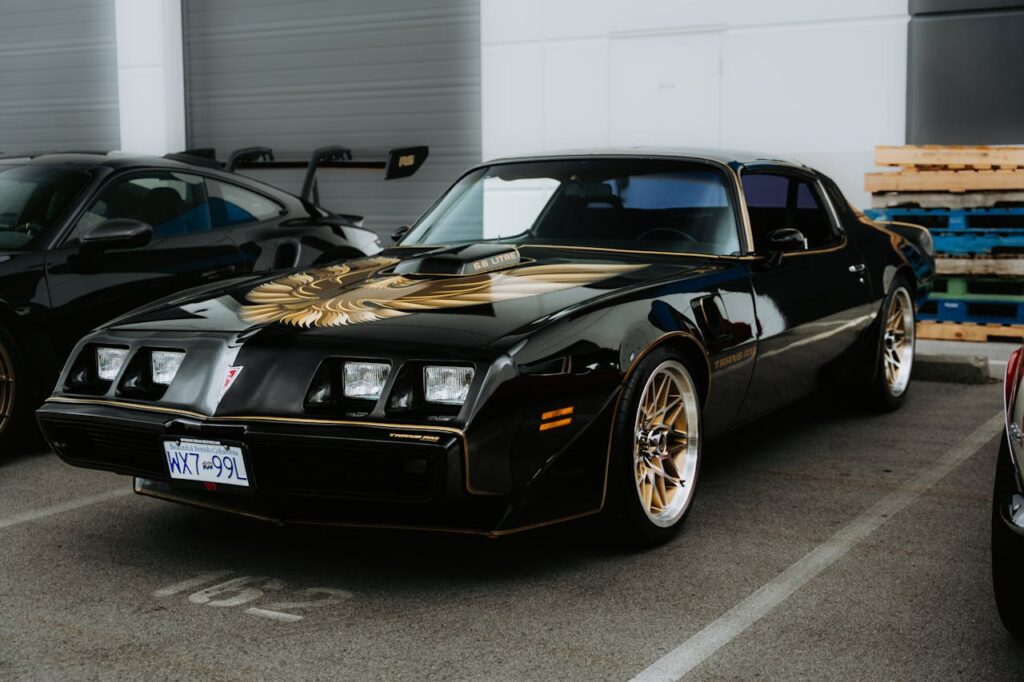
Trim packages may seem cosmetic, but they can make a huge difference in value. Some cars came with upgraded interiors, paint colors, or badges that were only offered in special promotions. Limited-edition packages tied to anniversaries or partnerships are often the most sought after. These extras are usually listed on build sheets or dealer documentation.
Spotting one of these editions requires knowing the subtle differences. Things like a unique color stripe, a specific wheel design, or an interior badge could point to a model that was only made in low numbers. These details are easy to miss but can signal something far rarer than a standard version.
Engine and Drivetrain Codes
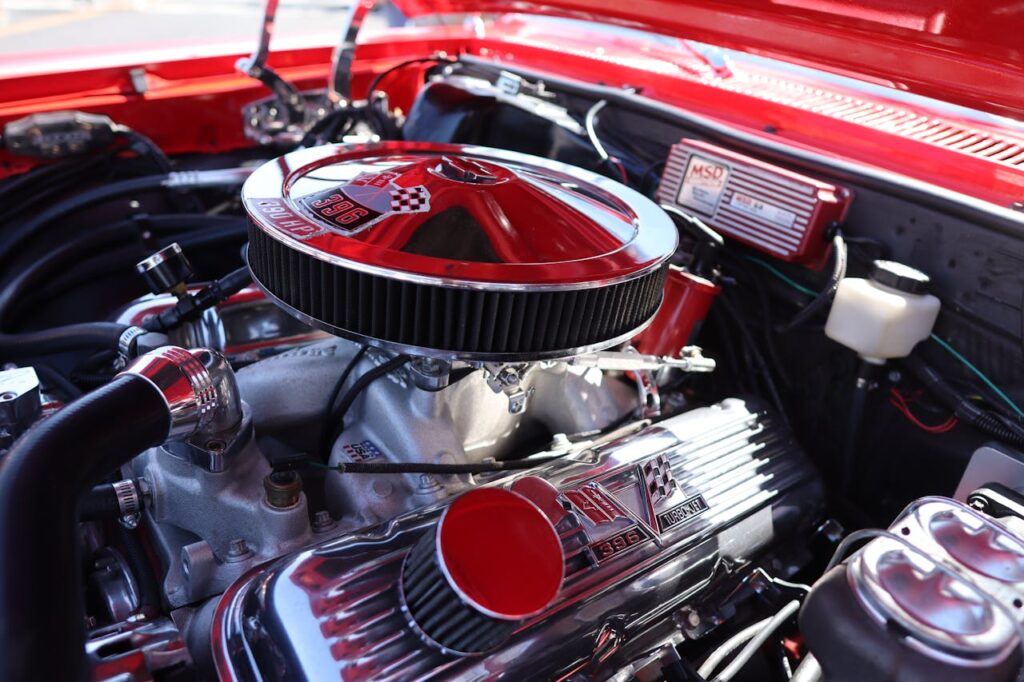
Matching engine and transmission codes to a car’s original factory records is key when assessing rarity. Some performance packages or engine options were only available for a short period. Codes stamped on the engine block or gearbox casing often match the build sheet or data plate. If those codes line up, the vehicle likely retains its original drivetrain.
Rare combinations, like a high-output V8 paired with a manual gearbox, are harder to find and worth more. Cars with factory-matched engines and transmissions tend to fetch higher prices at auctions. These components tell a bigger story about the vehicle’s origin and build quality.
Factory Paint Codes
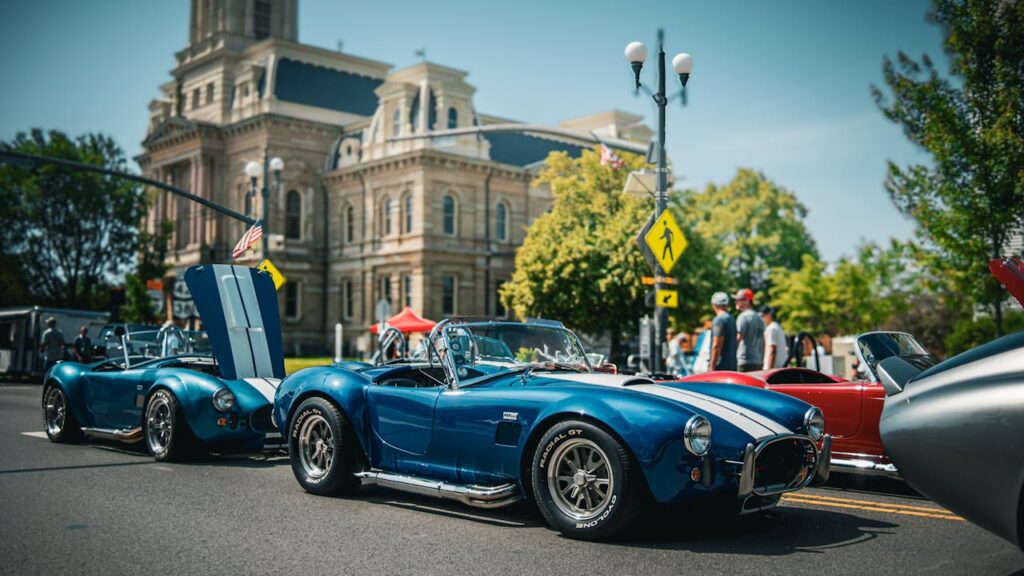
Original paint colors are more important than many people think. Some colors were used for one year or were reserved for promotional models. The factory paint code, often found on the data plate or door jamb, tells you what shade the car left the factory in. If it matches a limited-run color, the vehicle becomes more interesting to collectors.
These codes help separate an original car from one that has been repainted or modified. Even colors that look common at first glance might have a rare tint or metallic base unique to that production year. Keeping an eye on these codes is helpful when judging authenticity.
Interior Material and Color Combinations
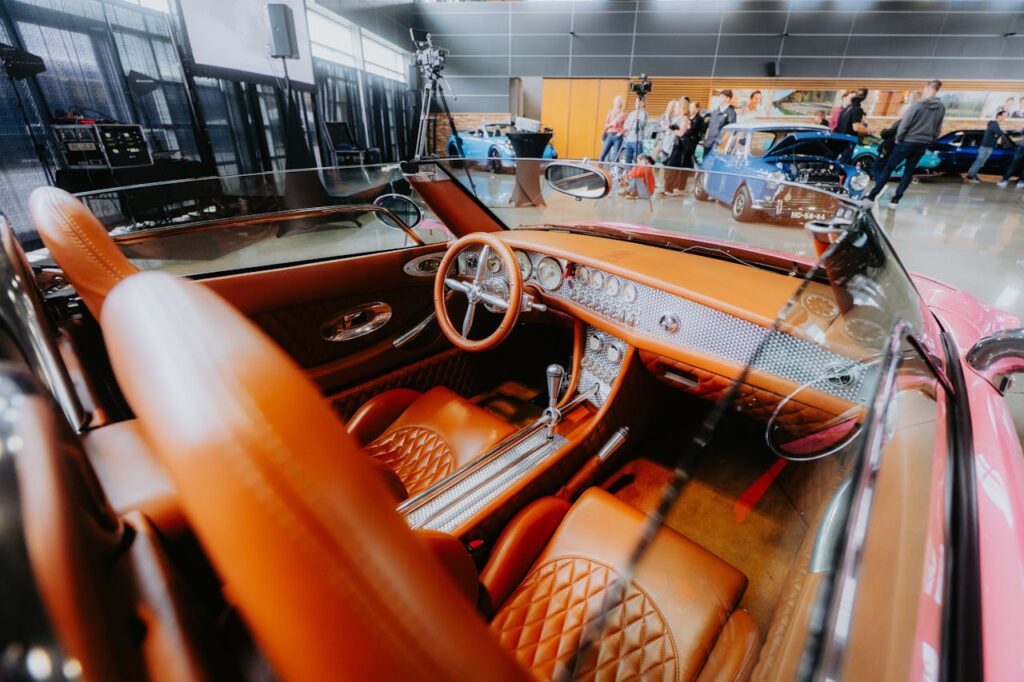
Interior materials were not always available in every combination. Some factory builds included rare color schemes or seat materials that were only offered in select regions or limited batches. For instance, a red leather interior paired with a specific trim color may signal a low-volume configuration.
Checking seat tags, door panels, and headliners for original fabric types can offer clues. Dealers often ordered rare builds for special customers, so these interiors do not always follow catalog standards. These kinds of combinations add to the uniqueness of a vehicle and can increase its appeal.
Badging and Emblems
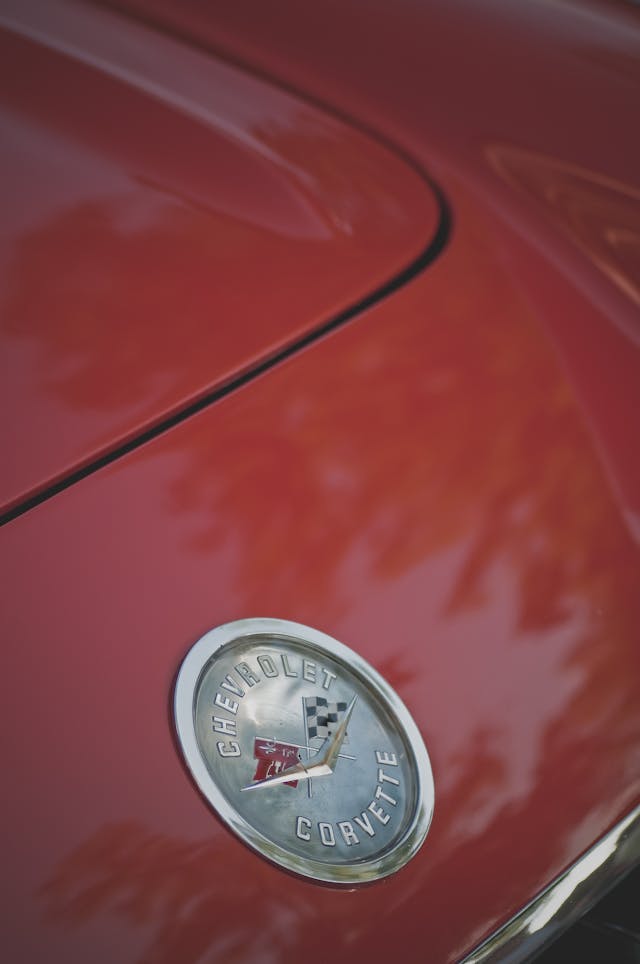
Original badging tells a lot about a car’s identity. Some special editions used unique emblems or grille badges that were never sold separately. If a car carries original script or logos tied to a limited run, that helps confirm its heritage. Reproductions are common, so checking material, size, and placement is important.
These details often get replaced over the years, so finding intact original badges is rare. Some badges even have tiny date stamps or supplier markings on the reverse side. Taking the time to inspect these up close can reveal whether the car is something more than standard issue.
Regional Variants
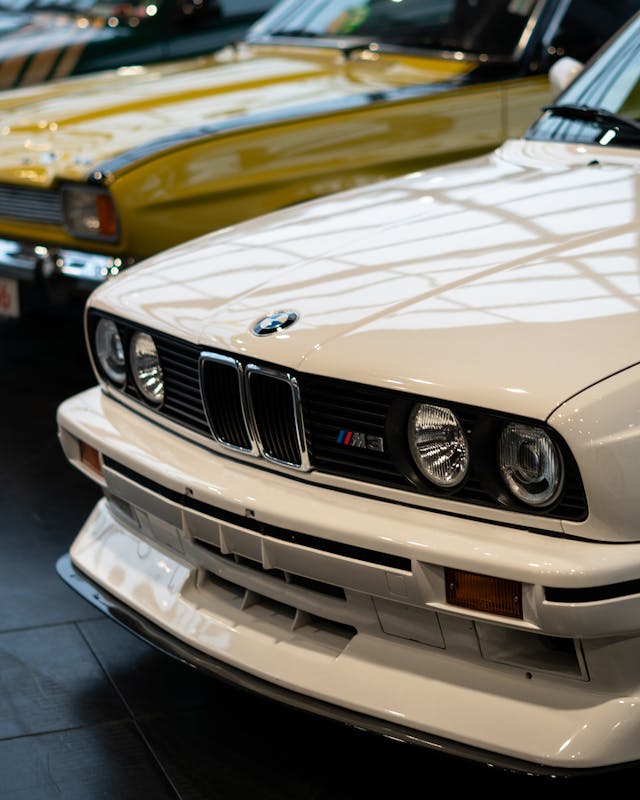
Some manufacturers made different versions of the same vehicle for different markets. A car built for the Japanese or European market might have features not available in the North American version. These could include right-hand drive layouts, metric gauges, or alternate tail light configurations.
Import records or dealer documentation can help confirm a car’s origin. Spotting these variants takes time and a good eye for detail, but they often carry more collector value. Vehicles that were never sold widely in one region tend to draw more attention years later.
Build Sheets and Window Stickers
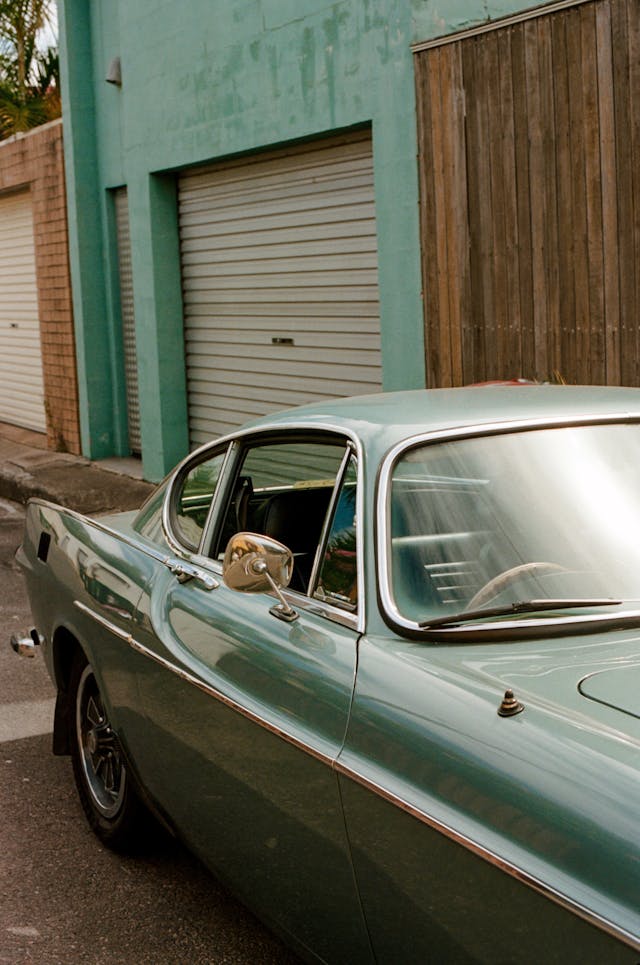
Original paperwork is one of the best ways to confirm rarity. A build sheet outlines how the car was equipped from the factory, including engine choice, transmission, color, and special options. Many were tucked behind seat cushions, under carpets, or even inside door panels. If you find one, it is a goldmine of detail.
Window stickers show pricing and factory-installed features at the time of sale. These documents make it easier to compare claims made by sellers with what the car actually came with. When matched with current features, these papers provide a clear picture of authenticity.
Pre-Production and Dealer Test Models

Some of the rarest cars were never meant for public sale. Pre-production cars and dealer test models were built in very small numbers. They were often used for internal evaluation or press events. These vehicles may have slightly different features or panel fits, which makes them stand out.
Documentation is crucial here since these vehicles may not have full VIN data or standard paperwork. Some even have handwritten tags or extra welds from custom assembly. If you can verify one, you are looking at a piece of automotive history that few others own.
Coachbuilt and Custom-Ordered Vehicles
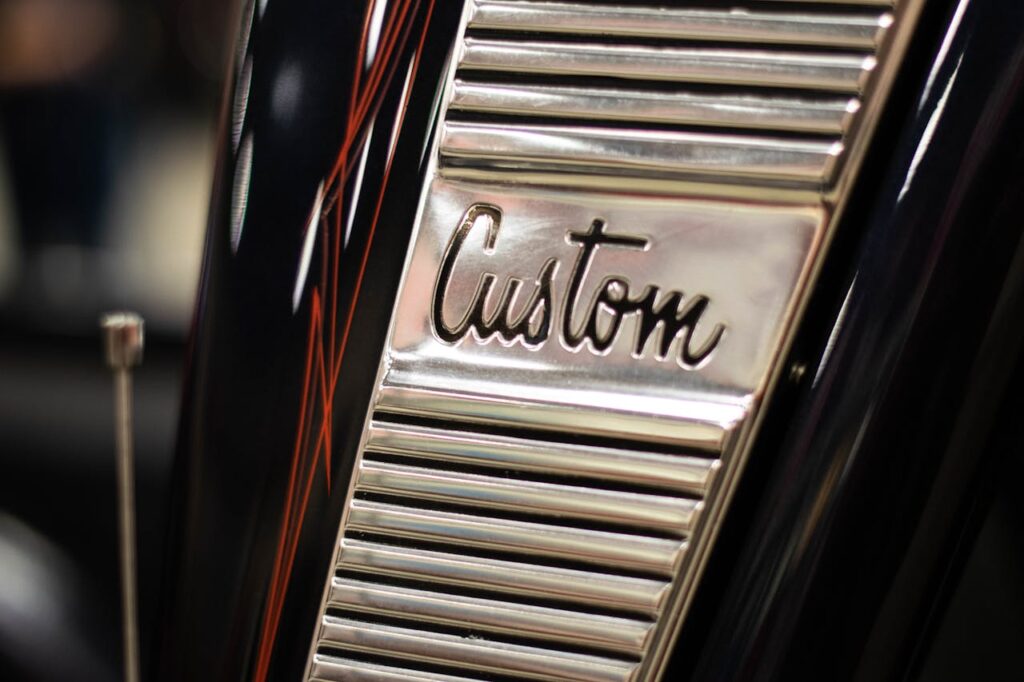
Before mass production, many luxury carmakers offered coachbuilt options. These cars were sent to outside builders who designed custom bodies based on the buyer’s preferences. Even after standard production began, some customers placed special orders for trims, colors, or features outside the catalog.
Coachbuilt cars often have subtle variations like stretched frames, extra trim pieces, or unique rooflines. Original photos or invoices from the build period help confirm these orders. While harder to find, they represent some of the most unique vehicles ever made.
This article originally appeared on Avocadu.
